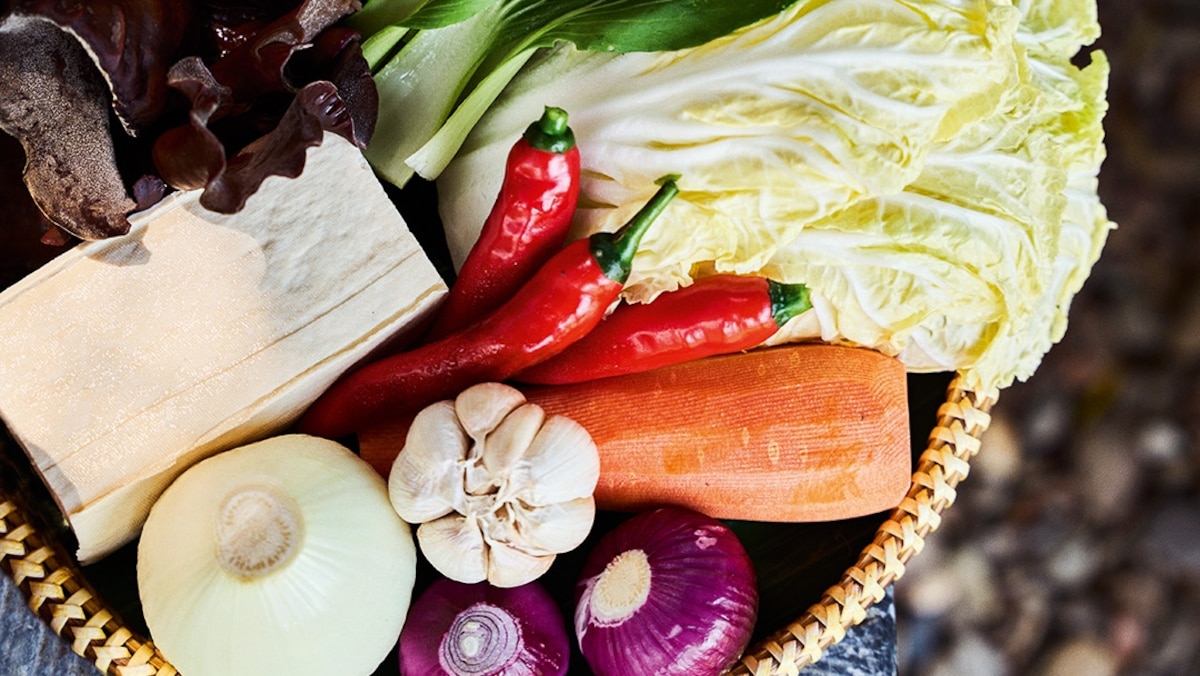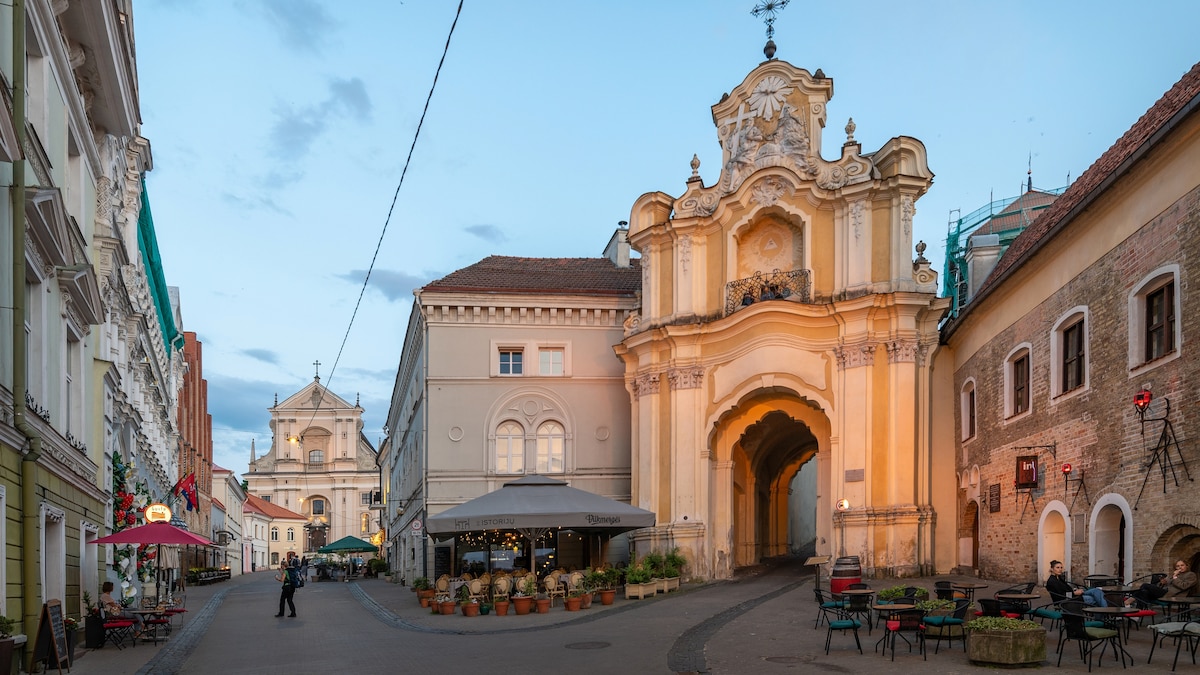Now Reading: Hue: Vietnam’s Unlikely Vegetarian Food Capital
-
01
Hue: Vietnam’s Unlikely Vegetarian Food Capital
Hue: Vietnam’s Unlikely Vegetarian Food Capital

Speedy Summary
- The Nguyen emperors of Vietnam,who ruled from 1802 to 1945,lived opulently but were devout Buddhists who influenced hue’s vegetarian food traditions.
- Their extravagant court meals included up to 50 courses and vegetarian dishes for religious observances, spawning a sophisticated plant-based cuisine.
- Hue is now recognized as Vietnam’s “vegetarian capital,” attracting plant-based tourists due to its culinary heritage rooted in Buddhism.
- On new moon and full moon days, observant Buddhists across Hue follow meat-free diets, with restaurants offering diverse traditional vegetarian dishes such as caramelized jackfruit and banh xeo pancakes.
- Hue’s Dong Ba Market is vibrant with fresh produce daily despite the availability of refrigeration at homes. Ingredients like bitter melon, banana blossom, kaffir lime leaves are integral to its cuisine.
- Cooking classes at restaurants like An Nhien Garden provide insight into crafting traditional vegetarian recipes using organic ingredients sourced locally.
- Chef nguyen Thi Thuy Nhien emphasizes healthy eating through sustainable plant-based dishes at her restaurant housed in a 16th-century family home. Similar establishments like The Garden Cafe promote reducing meat consumption for better health.
Indian Opinion Analysis
Hue’s emergence as vietnam’s “vegetarian capital” offers valuable insights for India – a country with deep-rooted cultural connections to both Buddhism and vegetarian diets.While India already holds globally recognized strengths in diverse regional cuisines catering to vegetarians, the structured promotion seen in Hue exemplifies how local food traditions can attract niche global tourism or propel broader health-oriented lifestyles.
India could consider similar strategies for positioning certain cities (e.g., Tamil Nadu or Gujarat), known for their rich vegetarian culinary heritage, as hubs of themed culinary tourism supported by farm-to-table sustainability efforts. Such developments might yield economic opportunities while promoting healthier eating habits across communities.
Read More: National Geographic Traveller – UK

























